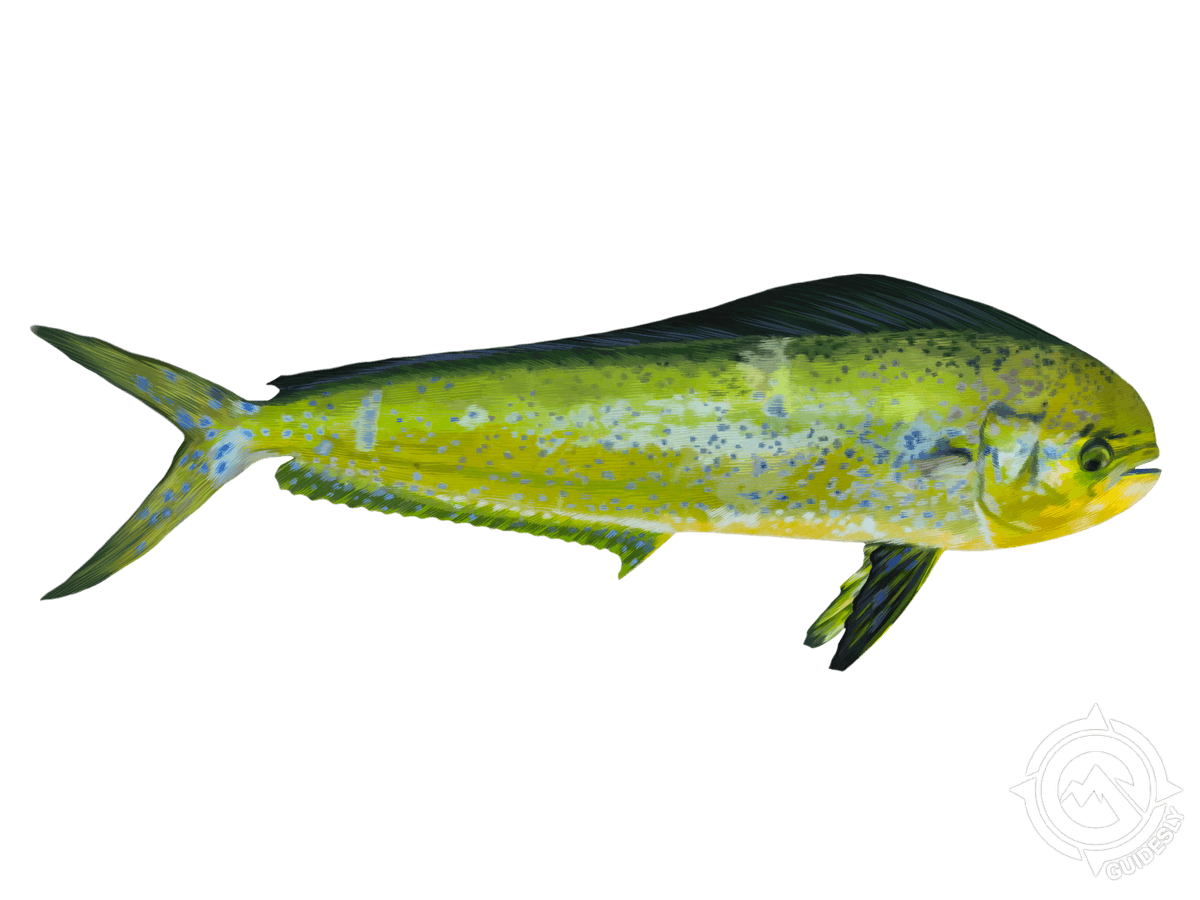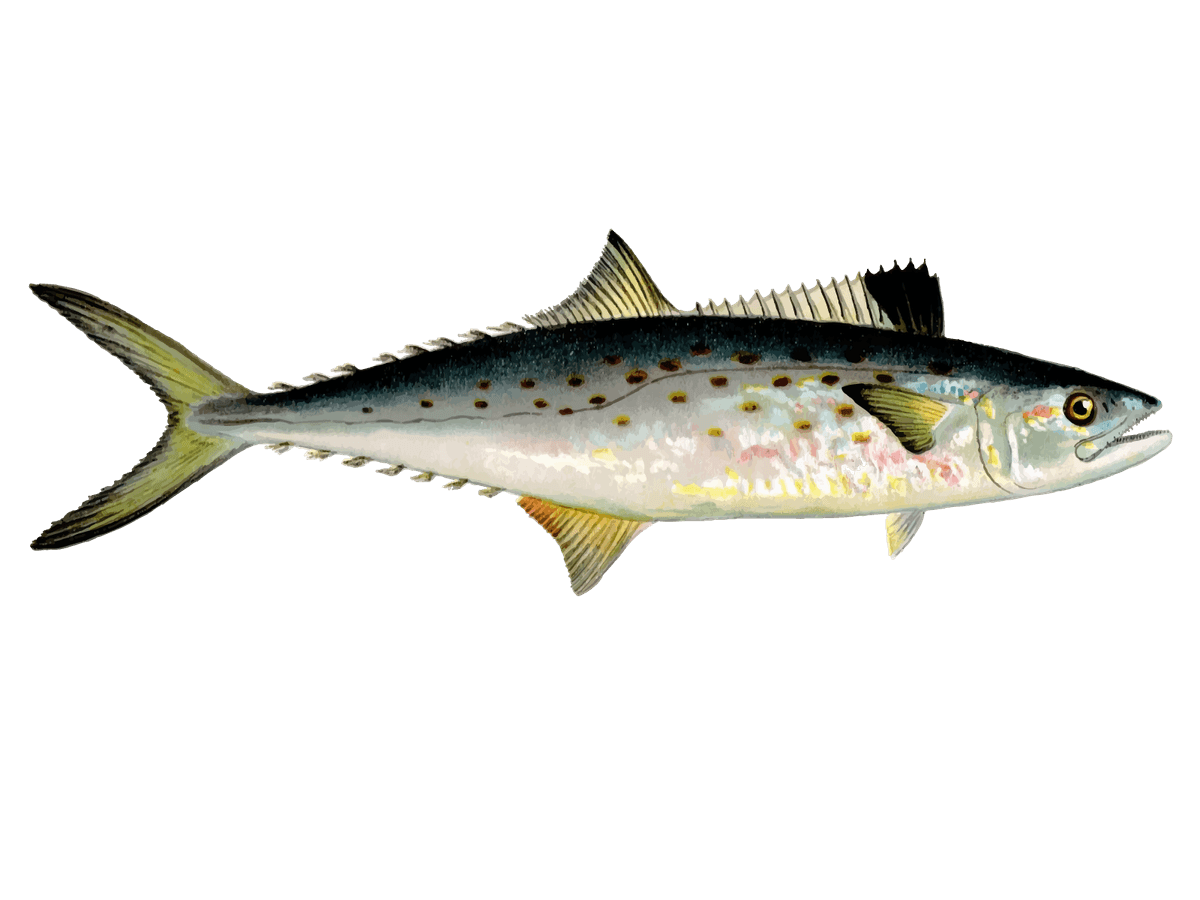Rehoboth's Premier 10-Hour Tuna Fishing Trip
- Published Date: July 17, 2025
- Fishing
- Delaware
- $695 - $2,100 price range
- Updated Date: December 3, 2025
Summary
Spend a full day chasing tuna off the coast of Rehoboth Beach with this 10-hour inshore fishing charter. You'll hit the water at 5 AM, targeting yellowfin and false albacore in the productive Mid-Atlantic fishing grounds. The experienced crew at Makai Charters provides all the gear you'll need, making this trip perfect for both seasoned anglers and newcomers alike. Fishing close to shore, you'll focus on areas known for consistent tuna action. It's a long day on the water, so come prepared with your fishing license, plenty of sunscreen, and supplies to keep you going. With room for up to 4 guests, you can bring along friends or family for a day of reeling in hard-fighting tuna. Just remember, the deposit is non-refundable, so be sure you're ready to commit to this full-day fishing adventure.
%2F%2Fusers%2F22b94af0-caae-4e0f-b35c-35df74ded04f%2Fratecard%2Fsnapinsta.to_217837172_1232110320573859_7669894704797816385_n.jpg&w=1200&q=75)
Tuna Time


Tuna Time: 10-Hour Inshore Adventure
Hey there, angler! Ready to chase some tuna just off the beautiful Rehoboth Beach coastline? This 10-hour trip with Makai Charters is your ticket to some serious Mid-Atlantic fishing action. We're talking yellowfin and false albacore, folks – the kind of fish that'll make your arms ache and your heart race. Whether you're a seasoned pro or it's your first time wetting a line, our experienced captains know just where to find the bite. So grab your sunscreen, pack some snacks, and let's hit the water for a day you won't forget.
What's the Deal?
Alright, here's the scoop: We're leaving the dock at the crack of dawn – 5 AM sharp. Yeah, I know it's early, but trust me, it's worth it. We'll be cruising to some prime inshore spots where the tuna like to hang out. The beauty of inshore fishing? You get all the excitement of big game fishing without having to travel way out into the blue. We're talking about waters that are typically within sight of land, but don't let that fool you – these spots are teeming with fish. We've got room for four anglers, so bring your buddies or make some new fishing friends on board. Just remember, we're out here for 10 hours, so come prepared for a full day of sun, salt, and hopefully, a whole lot of fish.
Reels, Rods, and Rigging
Listen up, because this is where it gets good. We're not messing around with lightweight tackle here. For tuna, we're breaking out the heavy artillery – strong rods, quality reels, and line that can handle the fight of your life. We'll be using a mix of techniques, depending on what the fish are doing. Sometimes we'll be trolling with spreader bars or daisy chains to mimic a school of baitfish. Other times, we might be chunking – that's when we chum the water and drop baited hooks to entice the tuna. If we spot birds working the water or see fish busting on the surface, we might even do some run-and-gun fishing, casting poppers or stick baits into the frenzy. Don't worry if you're new to this – our crew will show you the ropes and have you fishing like a pro in no time.
Species You'll Want to Hook
Alright, let's talk about the stars of the show – the fish you're after on this trip. While we're primarily targeting tuna, there's a whole cast of characters you might encounter out there.
First up, yellowfin tuna. These bad boys are the heavyweight champs of our inshore waters. They're streamlined missiles of muscle, capable of blistering runs that'll have your drag screaming. Yellowfin can range from 30 to over 100 pounds in our area, and they're at their peak from mid-summer through fall. When you hook one, get ready for a battle – these fish are famous for their endurance and power.
Next, we've got false albacore, or "albies" as we call them. Don't let the "false" in their name fool you – there's nothing fake about the fight these fish put up. They're smaller than yellowfin, usually in the 5-15 pound range, but what they lack in size they make up for in speed and agility. Albies are here in the late summer and fall, and when they're around, the action can be fast and furious.
While we're focused on tuna, don't be surprised if we tangle with some other species. Mahi-mahi, also known as dolphinfish, might make an appearance. These acrobatic fish are not only beautiful with their electric blue and green colors, but they're also delicious. Sea bass could show up too, especially if we pass over some structure. And keep an eye out for Spanish mackerel, bluefish, and even the occasional southern flounder. Each of these species adds its own excitement to the day, and hey, variety is the spice of life, right?
Why Anglers Keep Coming Back
I'll tell you what – there's something special about inshore tuna fishing that keeps folks coming back year after year. Maybe it's the thrill of that first run when a big yellowfin hits your bait and takes off like a freight train. Or perhaps it's the satisfaction of working as a team to land a fish that's testing every ounce of your strength and skill. Could be the breathtaking moments when the sun's coming up over the Atlantic, and you're surrounded by nothing but ocean and possibility. Whatever it is, this trip has a way of getting under your skin. And let's not forget – at the end of the day, you might be heading home with some of the best-eating fish in the sea. Fresh tuna steaks on the grill? That's the kind of memory that sticks with you.
Time to Lock In Your Trip
Listen, if you're still reading this, I know you're itching to get out on the water. This 10-hour inshore tuna trip is the real deal – it's got everything you need for an epic day of fishing. Experienced captains? Check. Quality gear? You bet. The chance to tangle with some serious fish? Absolutely. So what are you waiting for? Grab your spot now before they're all gone. Remember, we've only got room for four anglers, and these trips tend to fill up fast, especially during peak tuna season. Oh, and don't forget – you'll need to bring your fishing license, plenty of sunscreen, and enough food and drink to keep you going all day. Trust me, you don't want to be out there for 10 hours without snacks. So go ahead, book your trip, and get ready for some of the best fishing Rehoboth Beach has to offer. See you on the water!
Learn more about the species
Bluefish
Bluefish are aggressive predators known for their powerful fights. Most range from 2-10 pounds, but they can reach over 20. You'll find them in schools near the surface, often in bays and along beaches. They arrive in our waters late spring and stick around through fall. Bluefish are popular for their strong runs and chomping strikes. Their oily meat has a distinct flavor that's great smoked. To catch them, try casting metal lures and retrieving fast. When blues are in a feeding frenzy, they'll hit just about anything. Use wire leaders to prevent bite-offs from their razor-sharp teeth. A local tip: when you see birds diving, there's likely a school of blues underneath. Cast into the mayhem and hold on tight!

Mahi Mahi or Common Dolphinfish
Mahi Mahi are colorful, fast-swimming fish that put up an exciting fight. They average 15-30 pounds but can reach over 80 pounds. Look for them near floating debris or weedlines, often in schools. Mahi thrive in our warm Mid-Atlantic waters from spring through fall. Anglers love targeting them for their acrobatic jumps and delicious mild, white meat. To land one, try trolling with ballyhoo or squid near the surface. When you spot a school, cast a bucktail jig or live bait into the mix. These aggressive feeders will often compete for your offering. Just be ready for a powerful run once they're hooked. For the freshest taste, immediately ice down any Mahi you keep.

Sea Bass
Sea Bass are bottom-dwellers that hang around structure like wrecks and reefs. Most are 1-3 pounds, but they can grow up to 8 pounds. You'll find them in waters 60-180 feet deep, especially over rocky bottoms. They're most active in warmer months when they move inshore. Sea Bass put up a scrappy fight on light tackle and taste great too. Their white, flaky meat is popular in restaurants. To target them, use a dropper rig with squid or clam for bait. Keep your line vertical and feel for light taps. When you get a bite, set the hook quickly - Sea Bass have small mouths. A local trick is to use a small jig tipped with a strip of squid. The flutter on the drop often triggers strikes.

Southern Flounder
Southern Flounder are masters of camouflage, blending into sandy or muddy bottoms. Most are 15-18 inches and 2-5 pounds. Look for them in shallow bays, inlets, and near shore structure. They're most active in warmer months before moving offshore for winter. Flounder fishing takes patience, but the reward is delicious, flaky white meat. To target them, try drifting or slow trolling with live bait like mullet or mud minnows. Keep your offering near the bottom. When you feel weight, resist the urge to set the hook immediately. Give the flounder time to fully take the bait, then reel steadily to set. A local trick is to use a fish-finder rig with a long leader and circle hook. This lets the bait move naturally along the bottom.

Spanish Mackerel
Spanish Mackerel are speedy, silver fish with yellow spots. They average 2-4 pounds but can reach up to 12. You'll find them in schools near the surface, often around inlets and just off the beaches. They're most common here from late spring through fall as they follow bait schools. Anglers love targeting Spanish Mackerel for their fast runs and tasty meat. To catch them, try trolling small spoons or jigs behind planers. When you spot a school busting bait on the surface, cast small silver lures into the fray. Work them back quickly with jerks and pauses. A local tip: use a long fluorocarbon leader to avoid bite-offs from their sharp teeth. Fresh Spanish Mackerel makes excellent sushi or can be grilled whole.

About the Makai
%2F%2Fusers%2F22b94af0-caae-4e0f-b35c-35df74ded04f%2Fvehicle_picture%2F8aee5b02-7e15-4fd8-8b37-a0952fa52633.jpeg&w=1200&q=75)
Vehicle Guest Capacity: 4
Manufacturer Name: Yamaha
Maximum Cruising Speed: 30
Number of Engines: 2
Horsepower per Engine: 300
Ready for a full day of tuna fishing off Rehoboth Beach? This 10-hour trip kicks off at 5 AM, giving you prime time to target yellowfin and false albacore in the bountiful Mid-Atlantic waters. Whether you're an experienced angler or new to fishing, our seasoned captains and top-notch gear have you covered. We'll stick close to shore in spots known for consistent tuna action. Just bring your fishing license, sun protection, and supplies for a long day on the water. With room for up to 4 guests, you can bring along friends or family for this rewarding inshore adventure. Get ready to reel in some impressive catches and create lasting memories on the Delaware coast. Remember, deposits are non-refundable, so check our Trips & Rates page for details before booking your tuna fishing expedition.
%2Ffit-in%2F250x250%2Fguide_websites%2F2944%2Fimages%2Fmakailogo.png&w=1200&q=100)
%2Fusers%2F22b94af0-caae-4e0f-b35c-35df74ded04f%2Fimages%2Fanglers-haul-big-catch-de-3030.jpg&w=768&q=75)
%2Fusers%2F22b94af0-caae-4e0f-b35c-35df74ded04f%2Fimages%2Fanglers-rehoboth-beach-catch-3102.jpg&w=768&q=75)
%2Fusers%2F22b94af0-caae-4e0f-b35c-35df74ded04f%2Fimages%2Fpacific-halibut-rehoboth-beach-3017.jpg&w=768&q=75)
%2Fusers%2F22b94af0-caae-4e0f-b35c-35df74ded04f%2Fimages%2Ffishing-adventure-de-2625.jpg&w=768&q=75)
%2Fusers%2F22b94af0-caae-4e0f-b35c-35df74ded04f%2Fimages%2Ffishing-trip-de-2981.jpg&w=768&q=75)
%2Fusers%2F22b94af0-caae-4e0f-b35c-35df74ded04f%2Fimages%2Fking-mackerel-fishing-de-2465.png&w=768&q=75)
%2Fusers%2F22b94af0-caae-4e0f-b35c-35df74ded04f%2Fimages%2Fblackfin-tuna-rehoboth-beach-2544.png&w=768&q=75)
%2Fusers%2F22b94af0-caae-4e0f-b35c-35df74ded04f%2Fimages%2Fbest-catch-de-2592.png&w=768&q=75)
%2Fusers%2F22b94af0-caae-4e0f-b35c-35df74ded04f%2Fimages%2Fthrilling-fishing-adventure-de-2292.png&w=768&q=75)
%2Fusers%2F22b94af0-caae-4e0f-b35c-35df74ded04f%2Fimages%2Fsuccessful-fishing-trip-rehoboth-beach-3092.jpg&w=768&q=75)
